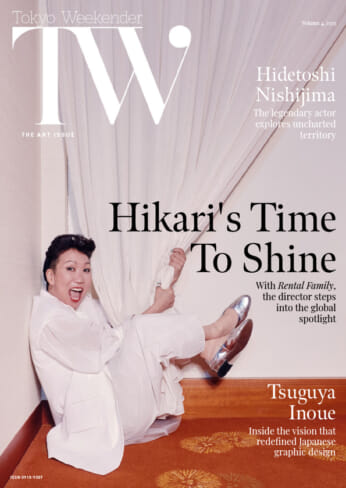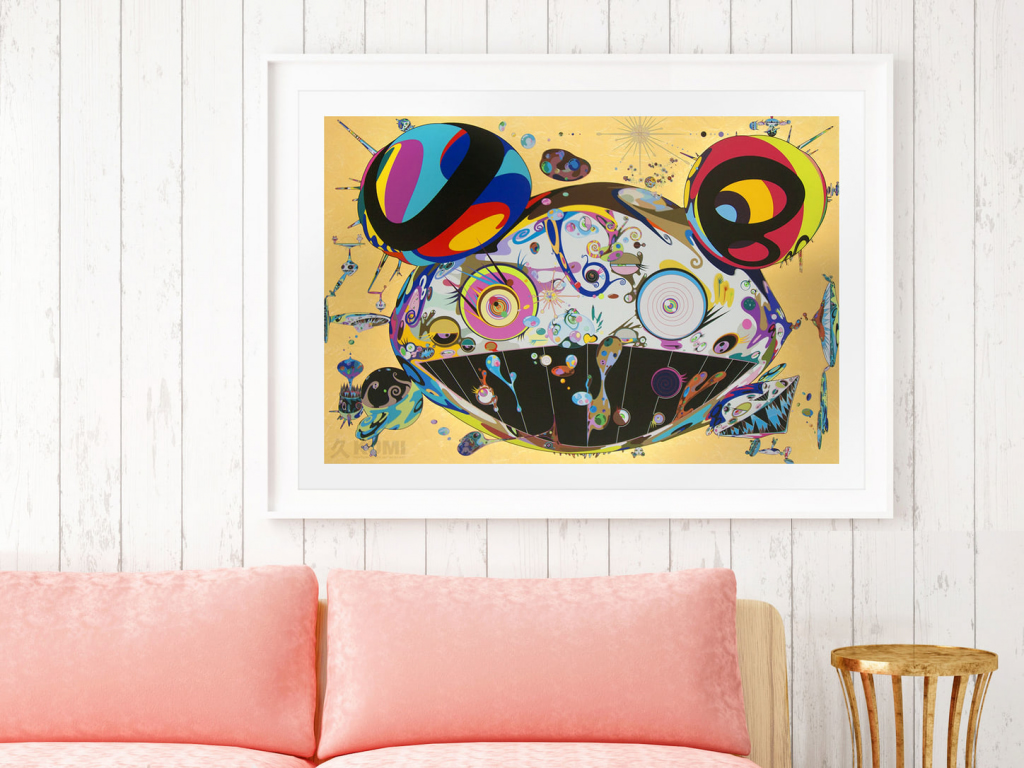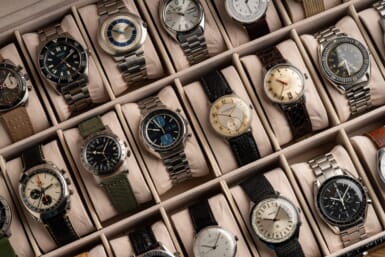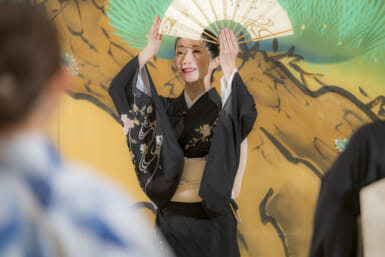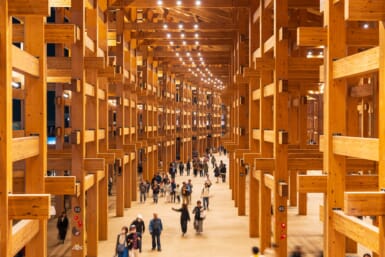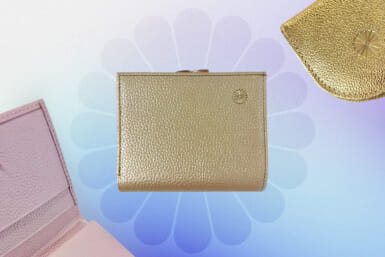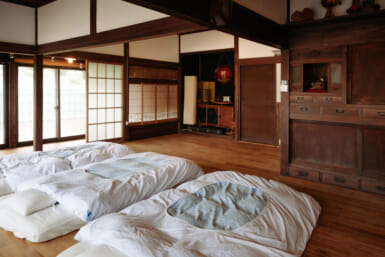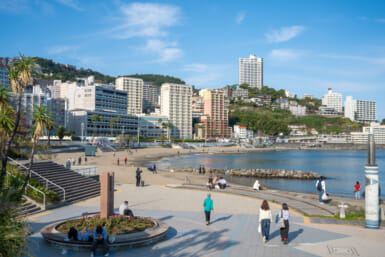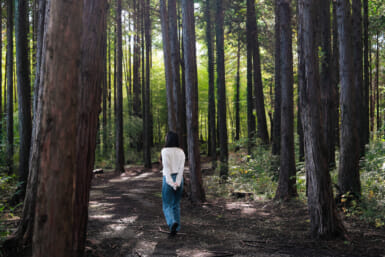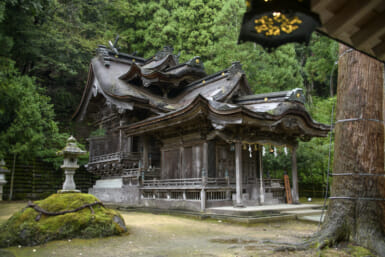Pop culture has become increasingly gripped with Japanese contemporary art. Celebrities are splurging on Takashi Murakami originals. Yayoi Kusama’s dots are exhibited around the world. Yet things within Japan are distinctly quieter when it comes to homeland contemporary artists. We speak with renowned art dealer Chris Belmont of Kumi Contemporary, which specializes in Japanese contemporary art, to find out why.
Why is Japanese contemporary art so hot around the globe right now?
In the past few years we’ve seen a huge surge in demand for Japanese art. Takashi Murakami is one of the biggest leaders in this shift. He has really embraced the new art landscape and has found such innovative ways to connect with the next generation of art collectors. Also, social media, in particular Instagram, has played a big part. I think collaborations have been great for artists like Murakami in pushing Japanese contemporary art to the mainstream. The work he’s done with Louis Vuitton, Virgil Abloh, and ComplexCon has inspired. You might already know that he recently teamed up with Uniqlo to create a Murakami-themed version of Doraemon, and that had hundreds of people queuing overnight in New York and Tokyo.
Who are the biggest names in Japan’s art scene?
Japan has been blessed with a number of prolific artists. There’s no doubt that Yayoi Kusama, Takashi Murakami and Yoshitomo Nara have had the biggest influence on the Japanese art scene for the last few decades. And that continues to be the case; but there are also some new names making waves. Tomoo Gokita has seen a huge raise in profile recently and that has been backed up by a number of record-breaking auction results. Tomokazu Matsuyama is certainly one to watch in my opinion.
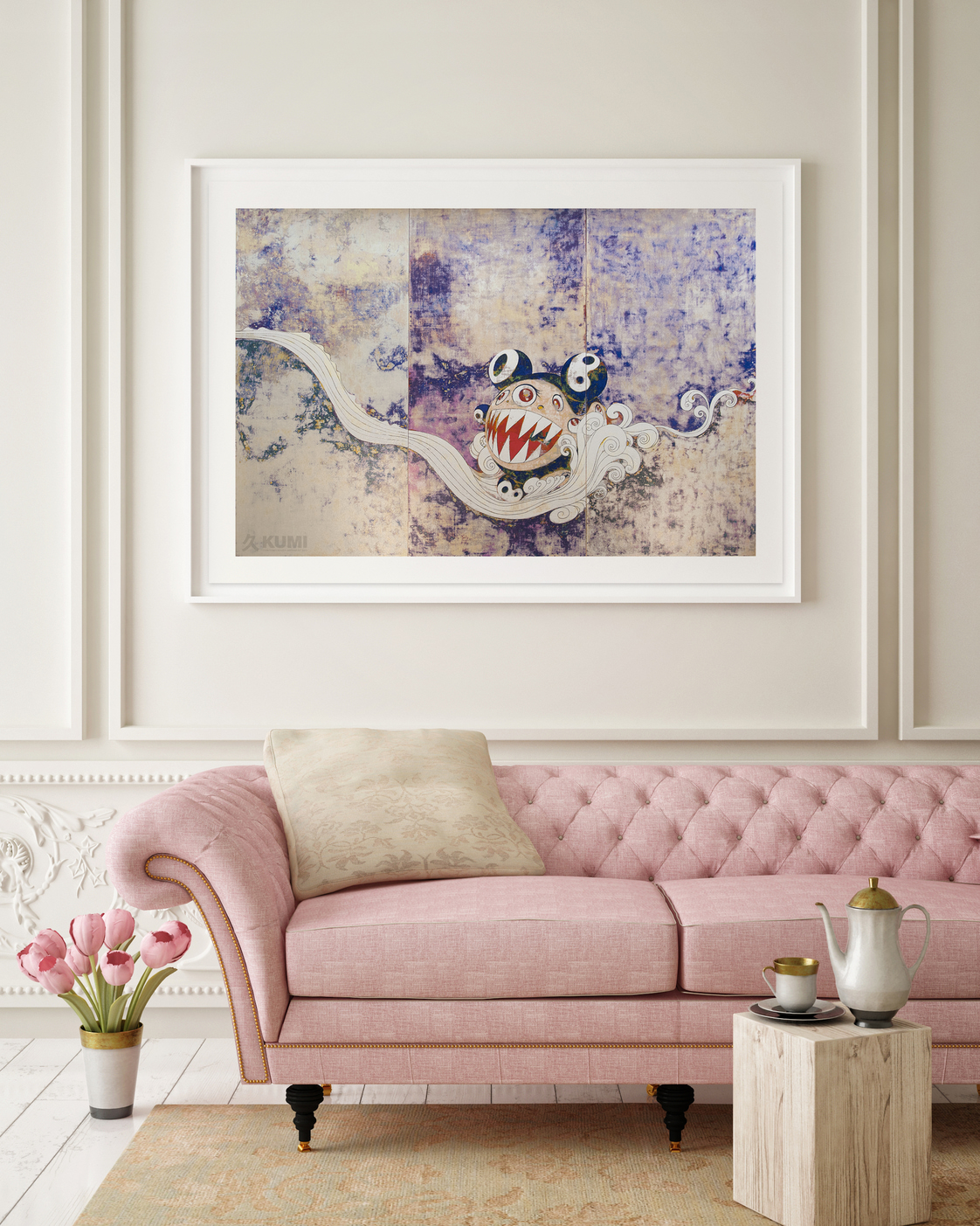
Who are the biggest buyers of Japanese contemporary art?
We have sold Japanese contemporary art to every corner of the world. But in Kumi’s experience, Hong Kong, Singapore, and the USA are the biggest. Asian buyers have a wonderful sensitivity to aesthetics and Japanese art is visually very pleasing. Like Japan, Hong Kong has a strong culture of collecting. The sneaker and toy collectors from the 90s have grown up and have money to spend on art – it seems to be a natural progression. There are some really impressive collections in Asia, and Thailand is an emerging player, too.
Where do you see the trend heading?
In terms of demand for Japanese art, it will only be going one way. Japanese contemporary art has been able to successfully infuse with pop culture and bring itself into the homes of the youngest and most influential collectors around the world. And with the Olympic Games taking centerstage in Japan in 2020, we expect that the demand will continue to rise.
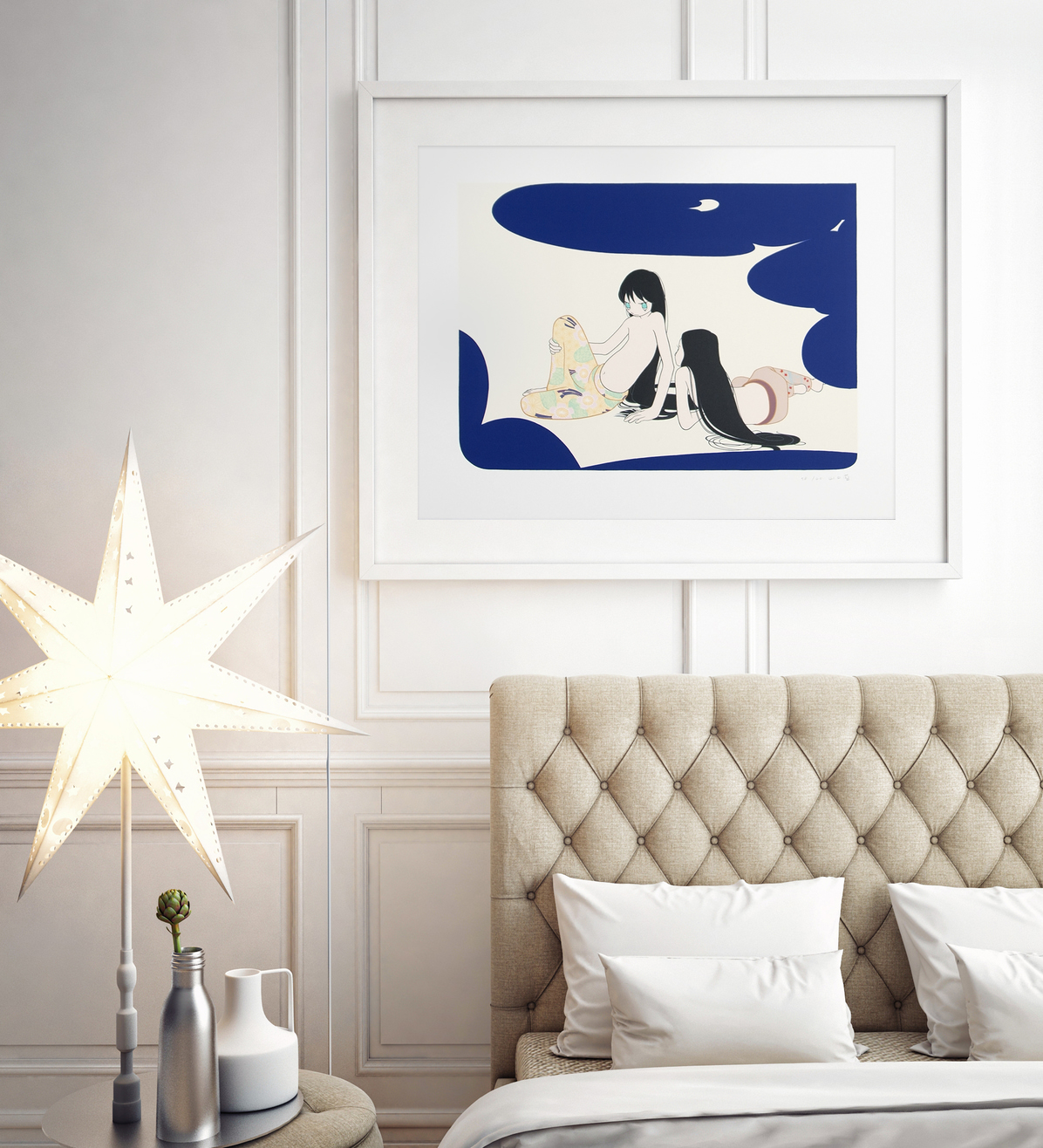
For those who know nothing about collecting, can you explain how limited edition prints work?
Sure, well Andy Warhol pioneered the concept of the limited edition print in the 60s. That was the beginning of bringing the art world into the mainstream. It allowed collectors to participate in exclusivity of owning art – a luxury that was otherwise reserved for the super rich. The concept of a limited edition is now very much commonplace and prints have become as important to the art scene as original works. It affords collectors the opportunity to build a more varied collection made up of several of their favorite artists.
From your frequent business trips to Tokyo, what are your thoughts on the contemporary art scene?
It’s a very exciting space. The celebrated masters are now being joined by a new pedigree of talent. We’re seeing some fantastic new work from emerging artists like Kyne, Aito Kitazaki, OB, Haruka Yamamura, to name a few. I must add that Western art is also finding a place in Japan. There is a wonderful Astro Boy mosaic by Invader in Harajuku, which we love to admire every time we visit. We enjoyed the Kaws opening at the Perrotin in Tokyo this March – there were some very influential names present, probably the biggest turn out of the year. And Daniel Arsham had a show in May; the American artists are enjoying a lot of success in Japan.
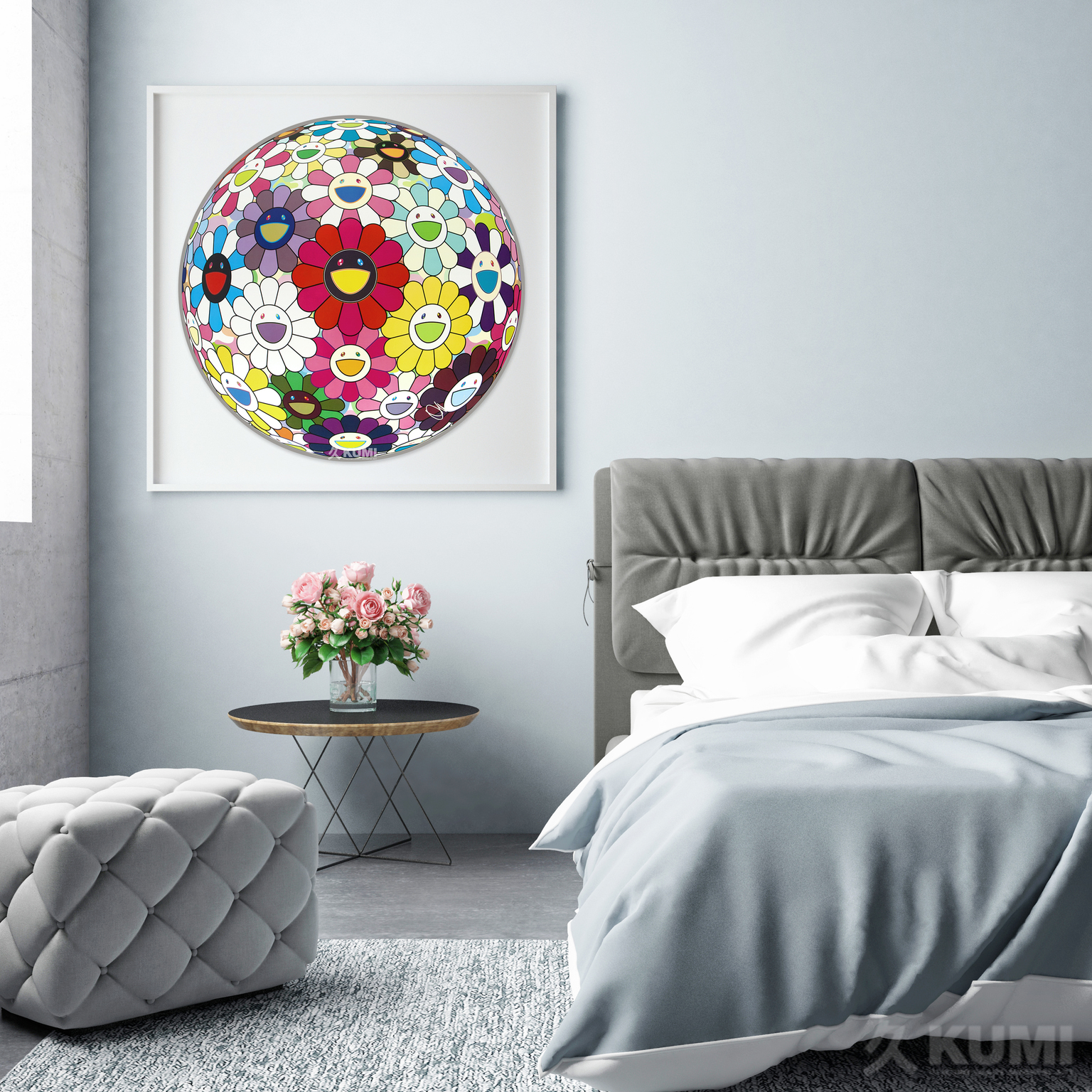
Why do you think the pace is slower within Japan for Japanese contemporary art collecting?
Japanese collectors have a very acute eye for art and tend to be more selective with their purchases. There is a great support for the arts in Japan, but I think that collectors have been looking for some variety lately. Street art has become very strong. The likes of Invader, D*Face, Banksy, and Kaws have built a huge collector base in Japan. I feel the rebalance is under way, though. Japan’s own breed of innovative artists are joining the pack, and hopefully joining Yayoi Kusama on the icon stage. For example, artists like Madsaki, Roamcouch, and Haroshi. I think Japanese collectors are beginning to fall back in love with their own; and with good reason, too.
More info at www.kumicontemporary.com
